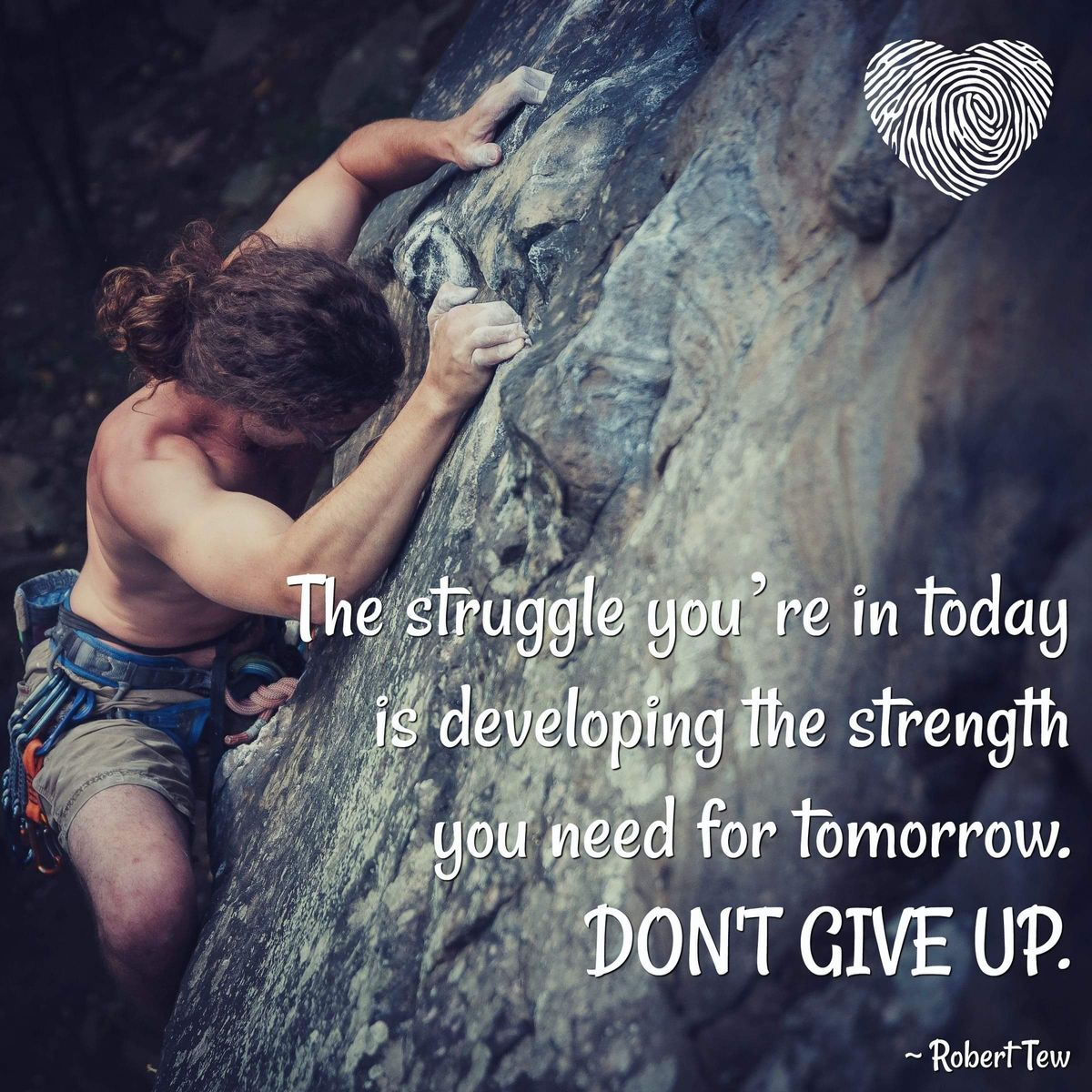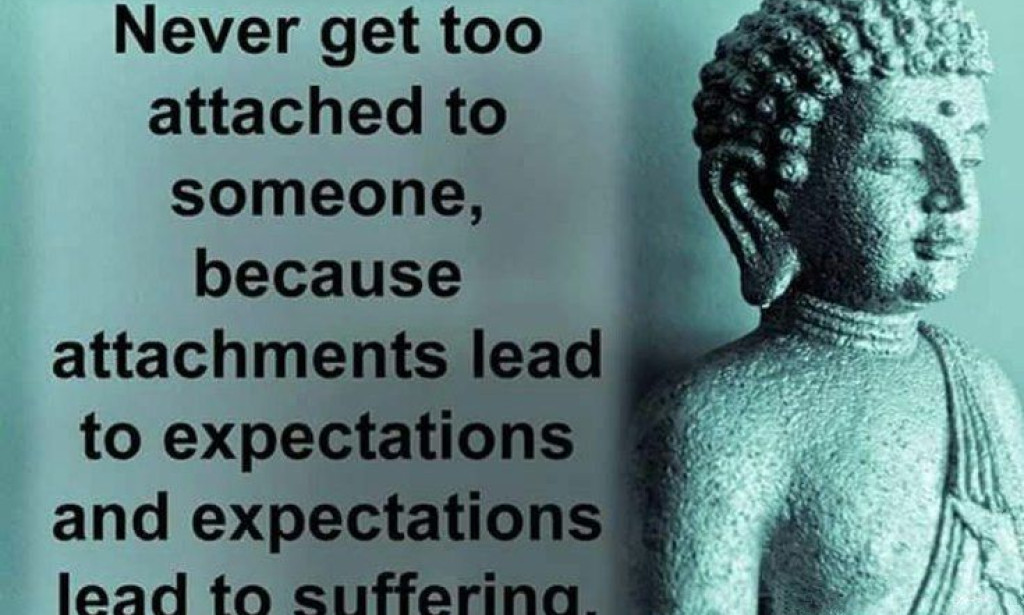Life constantly gives you signals—chances to act, moments to seize, lessons to learn. But if you keep waiting and hesitating, those windows will close. The more you ignore the signs, the harder it becomes to move forward. You know the signs are there, pushing you to act. So why not take the step now, before it is too late?
1. If you don’t separate yourself from your distractions, your distractions will separate you from your goals and the life you want.
Lesson: Separate Yourself from Distractions
- Philosophical Perspective: In Stoicism, Marcus Aurelius emphasized the importance of focusing on what you can control and discarding trivial concerns. Distractions often lie in the realm of the uncontrollable, pulling us away from purposeful action.
- Psychological Angle: Studies on “flow state” by Mihaly Csikszentmihalyi show that deep focus leads to higher satisfaction and creativity. Distractions disrupt this state, causing diminished productivity and emotional dissatisfaction.
- Practical Insight: Create “distraction-free zones” in both time and space. For example, during work hours, implement a digital detox, enabling a sanctuary for uninterrupted concentration.
2. You do not have to prove anything to anyone. Make your moves silently. Keep your focus.
Lesson: You Do Not Have to Prove Anything to Anyone
i. Historical Perspective: Vincent van Gogh sold only one painting in his lifetime but painted over 900 works. His focus on self-expression rather than public validation now inspires millions.
ii. Spiritual Insight: Buddhist teachings stress the impermanence of external approval and the need to seek inner peace. Relying on fleeting validation leads to constant dissatisfaction.
iii. Actionable Advice: Replace the need for external approval with self-reflection. For example, keep a journal to evaluate personal growth and achievements instead of relying on others’ praise.
3. Wasted time is worse than wasted money. Who you invest your time with matters.
Lesson: Wasted Time is Worse Than Wasted Money
i. Economic Perspective: Time operates under the principle of opportunity cost. Every minute spent on unproductive activities is wasted as you do not spend it investing in skills, relationships, or goals.
ii. Biological Insight: Time is the only non-renewable resource we experience biologically. The aging process is an irreversible countdown, emphasizing the critical nature of time management.
iii. Practical Advice: Conduct a “time audit” to track where your hours go. It helps identify and eliminate wasteful habits. For instance, if you spend 2 hours on social media daily, you could repurpose that time to learn a new skill.
4. Winners are not people who never fail - they are people who never quit.
Lesson: Winners Never Quit
i. Cultural Insight: In Japanese culture, there is a cultural concept known as ganbaru. It means to persevere and do one’s best, regardless of obstacles. It is a deeply rooted ethos that fuels societal and personal success.
ii. Scientific Example: The Wright brothers faced years of failure in their quest for powered flight. They iterated relentlessly until they achieved a breakthrough, changing human transportation forever.
iii. Proactive Tip: Embrace failure as a teacher. After each setback, document lessons learned and adjust your strategy, reinforcing a resilience culture.
5. The choices you make now will determine the life you live tomorrow.
Lesson: Today’s Choices Shape Tomorrow
i. Neurological Perspective: Neuroscience reveals that habits form neural pathways. Repeating positive choices strengthens these pathways, making good decisions easier over time.
ii. Metaphorical View: Life is a tree where each decision is a branch. Small choices determine whether you grow toward sunlight (growth) or shade (stagnation).
iii. Practical Framework: Use the Eisenhower Matrix to prioritize decisions. Focus on what is important and urgent, ensuring alignment with long-term goals.
6. None of us sit high enough to look down on anyone.
Lesson: Humility and Respect are Universal
i. Leadership Insight: Research from Harvard Business School indicates that humble leaders inspire better team performance by fostering collaboration and trust.
ii. Cultural Note: In African philosophy, Ubuntu (“I am because we are”) emphasizes collective growth, which stems from mutual respect and shared humanity.
iii. Daily Practice: Cultivate humility by practicing active listening. For instance, during conversations, focus entirely on understanding the other person’s perspective without planning your response.

7. If one combines patience with a strong work ethic, one becomes unstoppable.
Lesson: Patience Paired with a Strong Work Ethic is Unstoppable
i. Agricultural Analogy: A farmer plants seeds knowing it takes time for crops to grow. Similarly, patience allows efforts to yield results, while consistent care ensures success.
ii. Biological Perspective: Neural plasticity demonstrates that learning and improvement take time and repetition. Consistency reshapes the brain, solidifying skills and knowledge.
iii. Practical Application: Set long-term goals broken into micro-steps. Celebrate small victories along the way to maintain motivation and recognize progress.
8. The problem may not be your fault, but the solution is your responsibility.
Lesson: Solutions are Your Responsibility
i. Moral Philosophy: Existentialism advocates that individuals are responsible for imbuing their lives with meaning, regardless of external circumstances.
ii. Corporate Example: When Toyota faced a massive recall crisis in 2010, the company took full accountability, introducing reforms and regaining consumer trust through decisive action.
iii. Empowering Practice: Reframe challenges as opportunities. For example, instead of viewing a professional setback as a failure, see it as a chance to acquire new skills.
9. Source confidence from your subjective belief and not validation from someone else.
Lesson: Confidence Comes from Within
i. Sociological Perspective: In collectivist cultures, community validation often overshadows personal confidence, leading to dependency on external opinion. Cultivating internal assurance balances this.
ii. Artistic Parallel: Frida Kahlo’s paintings reflect her unyielding self-expression, showcasing confidence drawn from personal experiences and pain, rather than societal norms.
iii. Tangible Step: Develop internal confidence by listing achievements daily, no matter how small. This creates a tangible record of self-worth independent of others’ views.
10. You can’t build your life when surrounded by people attempting to tear it down.
Lesson: Build Life with Supportive People
- Ecological Analogy: A forest thrives through mutualism—trees, fungi, and plants share nutrients. Similarly, humans flourish in networks of positive, supportive relationships.
- Evolutionary Insight: Humans evolved as social beings; isolation often leads to mental and physical decline. Surrounding oneself with uplifting individuals aligns with our intrinsic needs.
- Practical Tip: Audit your relationships. Dedicate more time to those who uplift and inspire, and gently distance yourself from those who drain energy or sow negativity.



You must be logged in to post a comment.